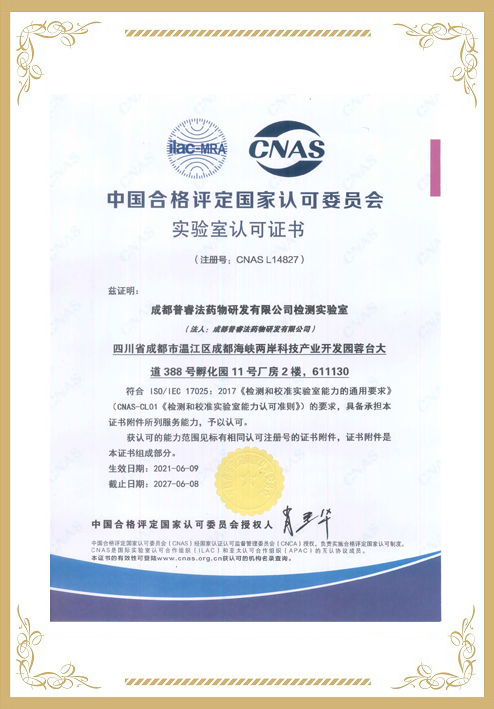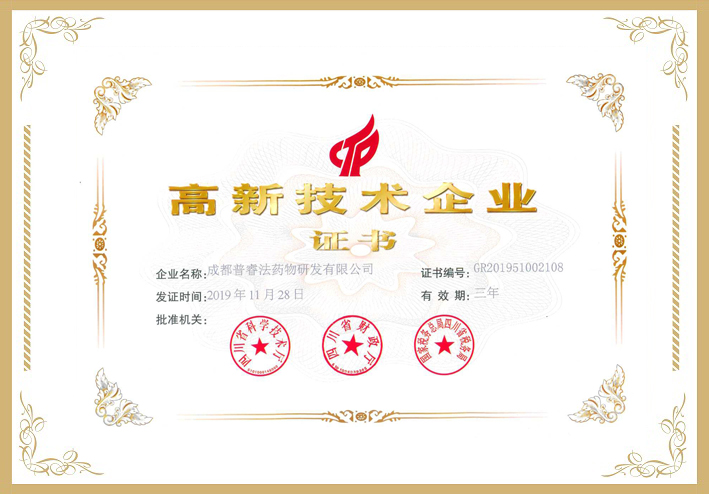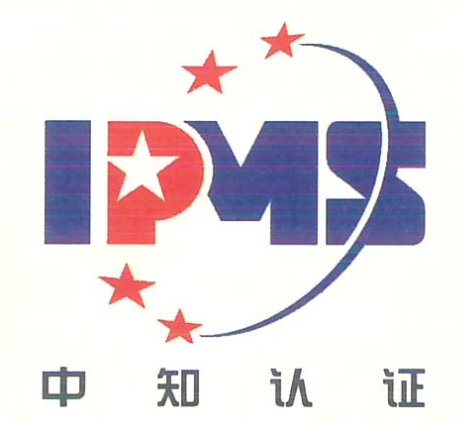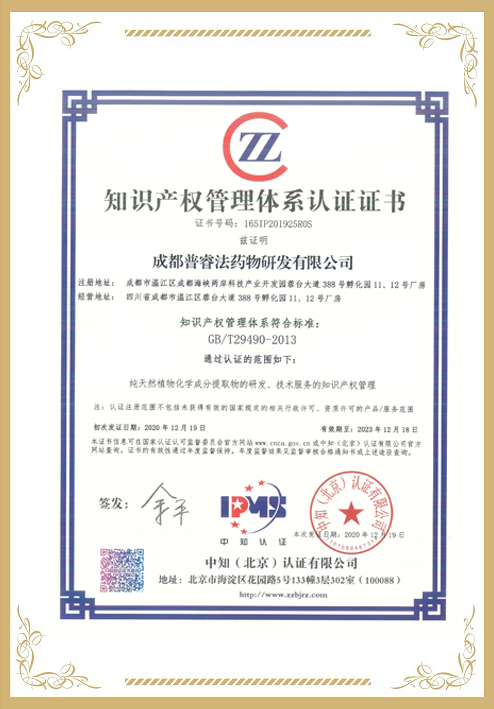Curcumae Rhizoma (Ezhu in Chinese) is a multi-origin herbal medicine with excellent clinical efficacy. For fast discrimination and quantification analysis of Ezhu from three botanical origins (Curcuma kwangsiensis, Curcuma phaeocaulis, and Curcuma wenyujin), ultra-violet (UV) spectroscopy and high performance liquid chromatography (HPLC) combined with chemometric tools were employed in this study. Firstly, the analysis method for the simultaneous determination of eleven compounds in Ezhu was developed by HPLC, and the UV spectra of thirty-eight batches of Ezhu were acquired. Then, principal component analysis (PCA), an unsupervised pattern recognition method, was applied on the HPLC and UV spectral data. PCA did not show a clear separation between C. phaeocaulis and C. wenyujin samples with HPLC data. By contrast, the supervised techniques, decision tree (DT) and linear discriminant analysis (LDA), achieved the complete discrimination for the three species of Ezhu with 100 % correct classification rate (CCR), showing excellent performance. Based on UV spectral data, PCA presented good performance for discriminating the three species of Ezhu. LDA, support vector machine (SVM) and k-nearest neighbors (KNN) models provided 96.3 % CCR for the calibration set and 100 % CCR for the validation set. Moreover, the partial least squares (PLS) and back propagation-artificial neural network (BP-ANN) quantitative models established on UV spectral data were satisfactory in predicting the contents of zederone, curdione and 3,5-dihydroxy-1-(3,4-dihydroxyphenyl)-7-(4-hydroxyphenyl)-heptane. The residual predictive deviation (RPD) for zederone, curdione and 3,5-dihydroxy-1-(3,4-dihydroxyphenyl)-7-(4-hydroxyphenyl)-heptane of PLS models were 3.169, 1.502 and 1.735, and that of BP-ANN models were 3.467, 2.481 and 2.370, respectively. The present work proposed a rapid and reliable method for the discrimination of Ezhu from three botanical origins and the prediction of zederone, curdione and 3,5-dihydroxy-1-(3,4-dihydroxyphenyl)-7-(4-hydroxyphenyl)-heptane contents in Ezhu, which will help a lot in the quality control of Ezhu and other multi-origin herbal medicines.























